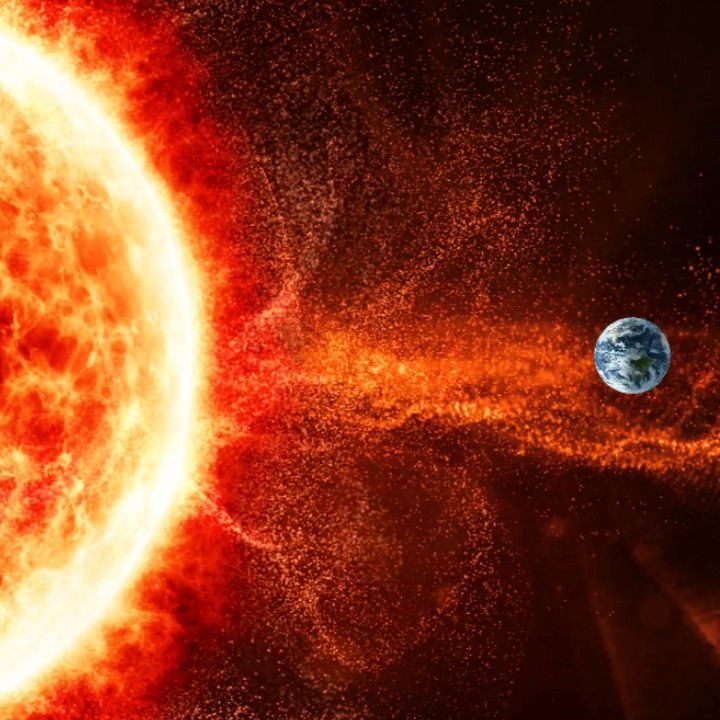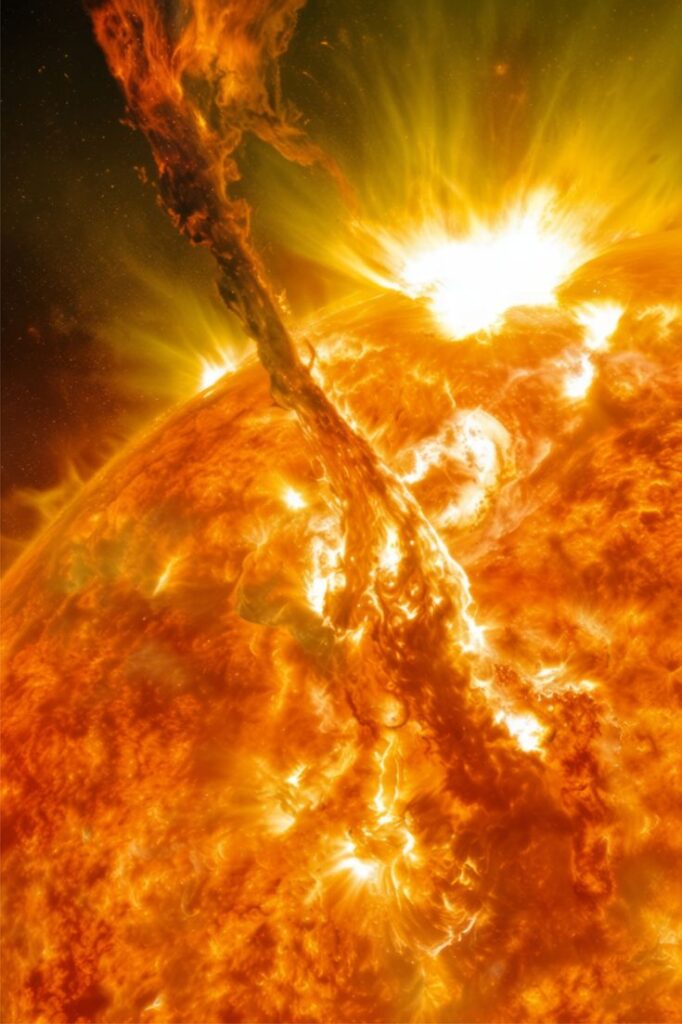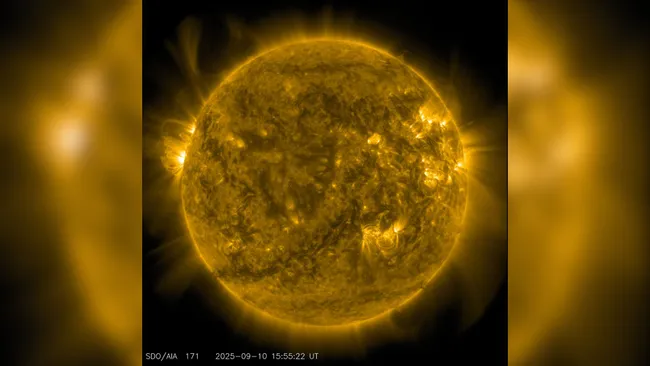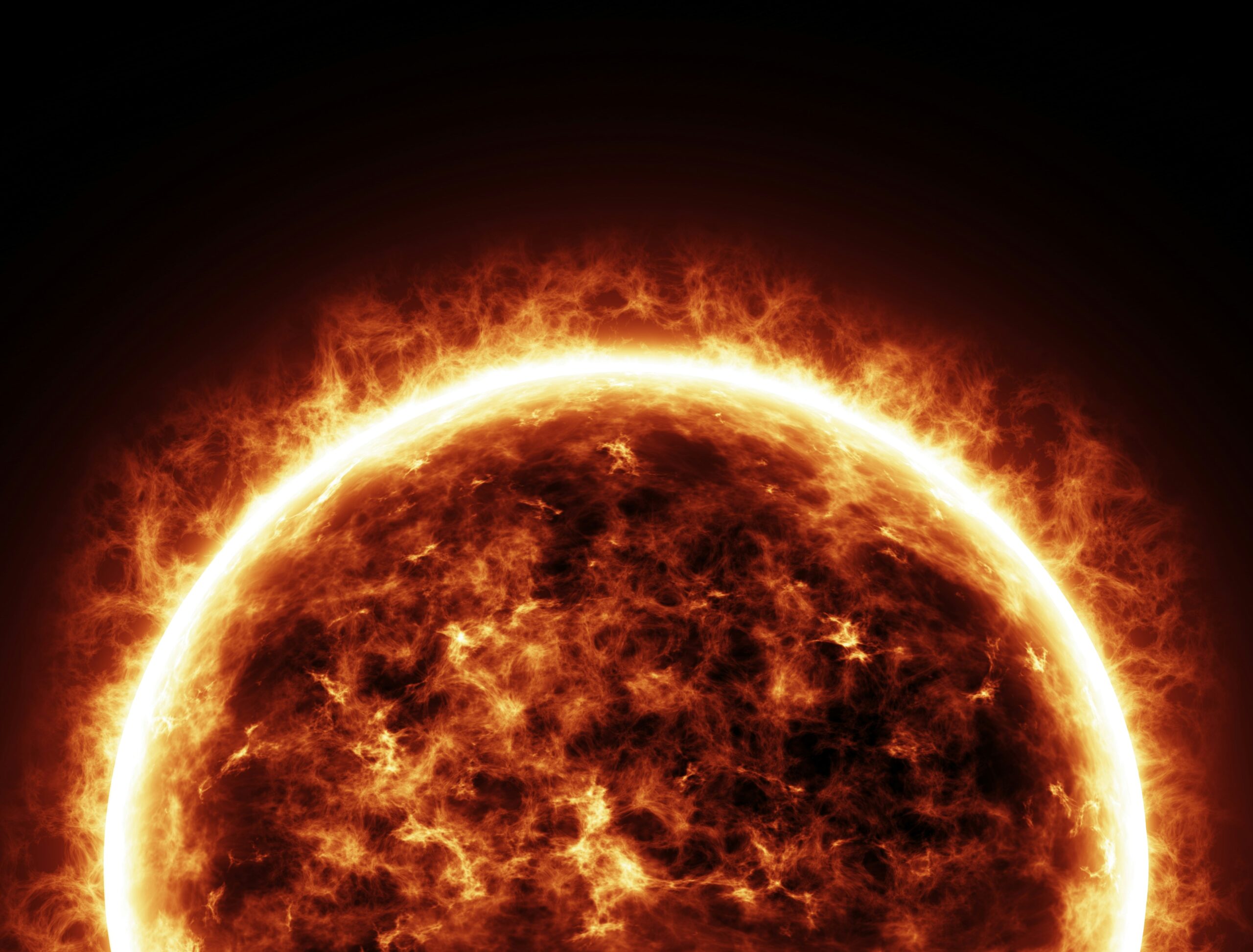Solar storms are waking up again — and scientists say we could be heading into a period of increased solar activity that may have consequences for Earth. After decades of declining solar activity, new research confirms that the sun is experiencing a surge in sunspots, flares, and coronal mass ejections (CMEs).
This resurgence is significant because solar storms are known to affect satellites, disrupt power grids, and pose radiation risks to astronauts. The findings were recently published in The Astrophysical Journal Letters and are sparking global discussion about what comes next.
The Sun’s “Quiet” Years Are Over
For nearly three decades, solar physicists observed a steady decline in solar activity. Each 11-year solar cycle produced fewer sunspots and less magnetic activity than the last. Solar activity hit a historic low in 2008, marking the beginning of Solar Cycle 24 — one of the weakest cycles ever recorded.
“All signs were pointing to the sun going into a prolonged phase of low activity,” said Jamies Jasinski of NASA’s Jet Propulsion Laboratory. “So it was a surprise to see that trend reversed. The Sun is slowly waking up.”
What Are Solar Storms and Why They Matter
Solar storms occur when the sun releases large bursts of charged particles and electromagnetic radiation. These storms include solar flares, high-speed solar wind streams, and CMEs — giant clouds of plasma that can travel millions of miles per hour.
When these particles reach Earth, they interact with our planet’s magnetic field, producing beautiful auroras but also risking power grid failures, satellite malfunctions, and disruptions to radio and GPS signals.
With solar activity on the rise, the likelihood of these storms also grows.

The Numbers Tell the Story
Jasinski’s research analyzed data from multiple solar missions and found significant increases across all indicators since 2008:
- Solar-wind velocity rose by 6%
- Solar-wind density jumped 26%
- Solar-wind temperature increased 29%
- Interplanetary magnetic field strength climbed 31%
These numbers show a clear return to stronger solar magnetic activity — a sign that solar storms could become more frequent and intense in the coming years.
Historical Context: Maunder Minimum and Little Ice Age
Periods of very low solar activity have happened before. Between 1645 and 1715, the sun went through what scientists now call the Maunder Minimum, a time when fewer than 50 sunspots were observed over 70 years.
This coincided with what historians call the Little Ice Age, a period of cold winters across the Northern Hemisphere when even London’s River Thames froze. However, scientists emphasize that solar activity changes have only a small effect on global temperatures compared to human-caused climate change.
What Increased Solar Activity Means for Earth
More solar storms could mean:
- Stronger Auroras: Increased solar wind activity makes auroras (Northern and Southern Lights) more visible at lower latitudes.
- Satellite Risk: Radiation and electrical surges from CMEs can damage satellites, affecting communications and GPS systems.
- Power Grid Threats: Geomagnetic storms can induce currents in power lines, potentially causing blackouts.
- Space Travel Challenges: Astronauts on the International Space Station face higher radiation exposure during strong solar events.
Governments and space agencies worldwide are monitoring these changes closely.
Can We Predict Solar Storms?
Scientists can forecast solar flares and CMEs with some accuracy, but predicting long-term solar cycles is still challenging. “The longer-term trends are a lot less predictable and are something we don’t completely understand yet,” Jasinski explained.
Researchers continue to monitor sunspots and measure solar wind data to improve forecasting and help mitigate the risks of solar storms.
Preparing for the Solar Storm Era
The renewed rise in solar activity is not necessarily bad news — it is a natural part of the sun’s cycle. But it does mean that infrastructure operators, satellite companies, and space agencies need to prepare for potential disruptions.
Individuals can also benefit by staying informed about major solar events. Websites like NOAA’s Space Weather Prediction Center and NASA’s solar monitoring dashboards provide real-time updates.
Bottom Line:
The sun is no longer in a quiet phase. Solar storms are increasing, and while they bring dazzling auroras, they also carry risks to modern technology. Scientists are working to better understand this solar surge and prepare humanity for its potential effects.

Source: Space.com


